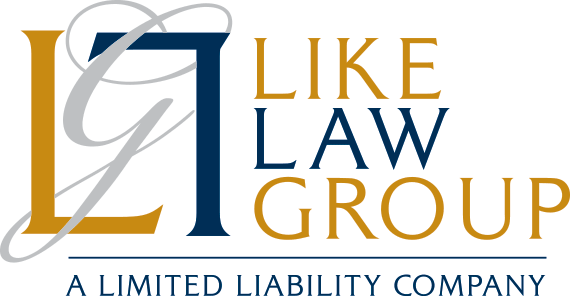Your Guide to Understanding the Generation-Skipping Transfer Tax
Generation-Skipping Transfer Tax 101
Many people are familiar with the existence and some aspects of estate and gift taxes. If you are part of an ultra-high-net-worth family, it is important to also understand the generation-skipping transfer (GST) tax and how it may affect your particular situation. During the planning process, it is vital to consider unique family dynamics, financial goals, and values when deciding the best tax strategies to distribute your generational wealth.
What Is the Generation-Skipping Transfer Tax?
The government collects federal estate taxes to generate revenue when wealth is passed down to subsequent generations. When people die, they usually leave their money first to their spouses, then to their children, then to their grandchildren, and then to more distant relatives. At each passing of generational wealth, the government collects an estate tax.
Wealthy families found a way to avoid estate tax by skipping a generation and transferring wealth directly to grandchildren and great-grandchildren, allowing them to pass down more wealth to future generations. Estate taxes were avoided when the skipped generation (in our example, the children) died because the children never owned the money or property.
The government responded with legislation in 1976 and again in 1986, attempting to eliminate the transfer tax advantage of skipping a generation by imposing a GST tax when a skip occurs. This ensured that large estates still paid estate tax at each generation.
The GST tax rate is currently 40 percent (the same as the highest federal estate and gift tax rate) so the tax burden on high-net-worth individuals can be substantial. Luckily, there is a GST exemption amount of $13.61 million for individuals in 2024 (the same lifetime exemption as the federal estate and gift tax exemption) that can be used when someone wants to make gifts or leave an inheritance that would otherwise be subject to the GST tax. If you have a significant estate, your family may need to use their GST tax exemption in addition to the estate and gift tax exemptions.
Who Are the Parties Involved in a Generation-Skipping Wealth Transfer?
There are typically three parties involved in a generation-skipping wealth transfer:
- The transferor: the person making the wealth transfer to an individual or a trust
- The skip person: the person receiving the money or property, who must be two or more generations removed from the individual making the transfer or is at least 37 ½ years younger than the transferor; a skip person may also be a trust in some instances
- The non-skip person or skipped person: the generation between the individual transferring wealth and the one receiving it
Why Should You Be Mindful of This Tax?
If you have a substantial estate and are considering making sizable gifts or bequests to skip persons, you need to work with experienced professionals to ensure that the right strategy is used to maximize your gift and minimize the tax consequences.
The earlier you can get started, the better your results will be. It will take time and collaboration with trusted advisors to ensure the best possible outcome. After your estate plan is created, you will need regular reviews for updates due to changing circumstances.
Professionals to Align Legal and Tax Planning Strategies
You and your loved ones will need comprehensive advice when creating your estate plan to ensure that legal, financial, and tax implications are all considered in your estate planning strategy. We welcome the opportunity to collaborate with your existing advisors. When strategizing the best outcome for you, your loved ones, and your hard-earned money, it takes expertise from multiple areas to create the best plan possible.


